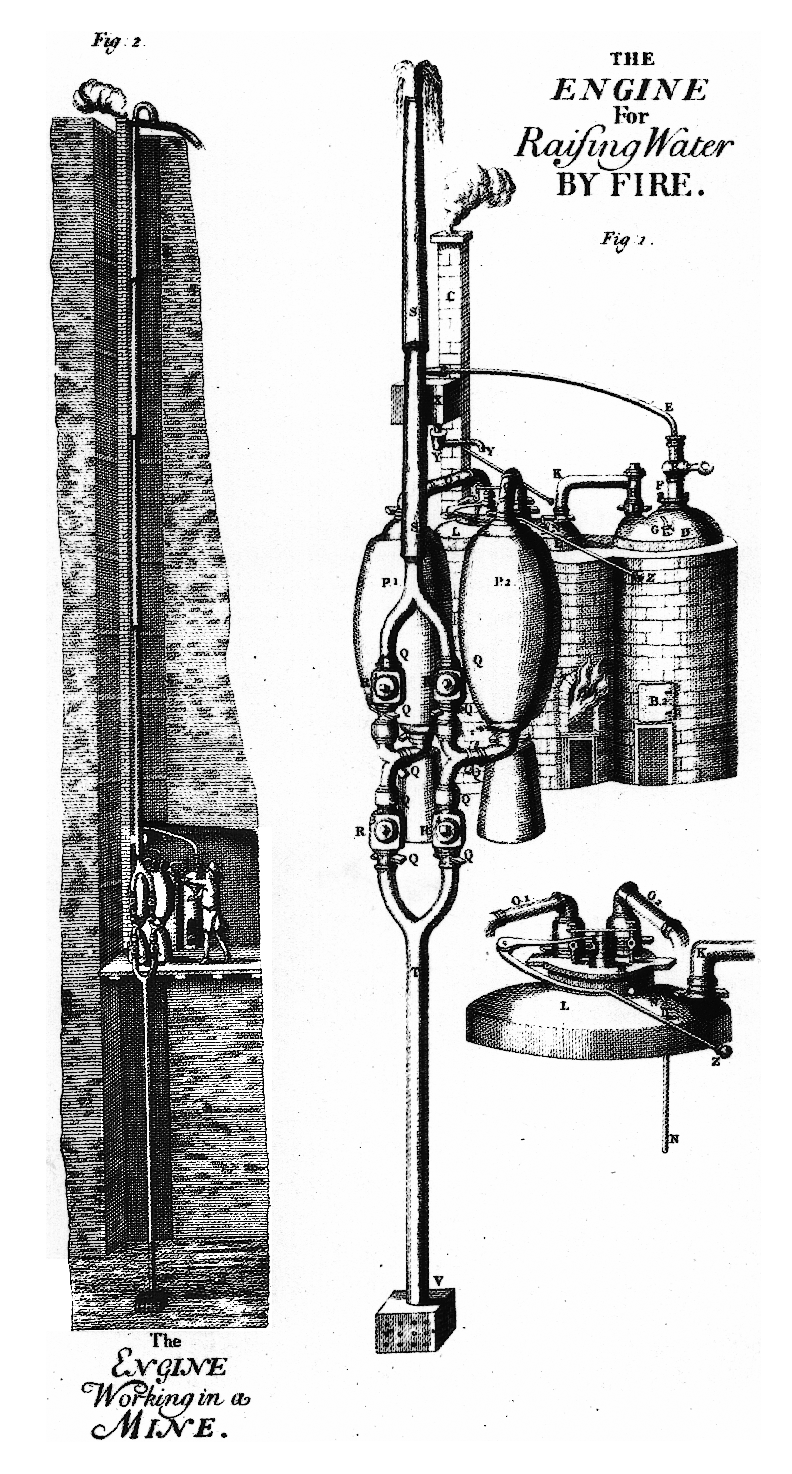top of page

STEAMBOAT HISTORY
About the Steamboat History site:
These pages provide information designed to present the history of steamboating in the Lake Champlain valley in an engaging manner.
Funding for this project was provided by the National Park Service, Champlain Valley National Heritage Partnership, Lake Champlain Basin Program, and the Lake George Steamboat Company.

Steam: Nature's Powerhouse
Steam is defined by the dictionary as the vapor into which water is converted when heated, forming a white mist of minute water droplets in the air.
On the surface, this appears so simple a concept, yet humans have experimented with the harnessing of steam for hundreds of years.


Earliest Record
The Greek mathematician and engineer Heron of Alexandria, in the year 200 B.C., describes in his book the workings of a steam engine.
Two hundred years later, in the first century A. D., the Roman architect Vitruvius would name the device the "Aeolipile", or as we now call it, "Heron's Engine".
While Heron does not claim to have invented the device he describes, he is attributed as the first person to document the workings of a steam engine.


Practical Application
In the later part of the 17th century, the French scientist Denis Papin developed the first pressure cooker which used sealed steam pressure to cook food. The device was known as Papin's Digester.

Early Industrial Application
A native of Britain’s mining region of Devon, Thomas Savery knew that one of the most persistent problems facing the mining industry was the flooding of tunnels and shafts. While the principles of the steam pump were well known at the time, it was Savory who secured a patent in 1698.



Piston and Cylinder Engine
It was not until 1712, however, that a commercially successful piston-and-cylinder engine came into use, invented by Thomas Newcomen. The first practical use of this steam engine, like Savery’s invention, was to pump water out of coal mines, and this steam engine would remain basically unchanged until the early 20th century.
bottom of page